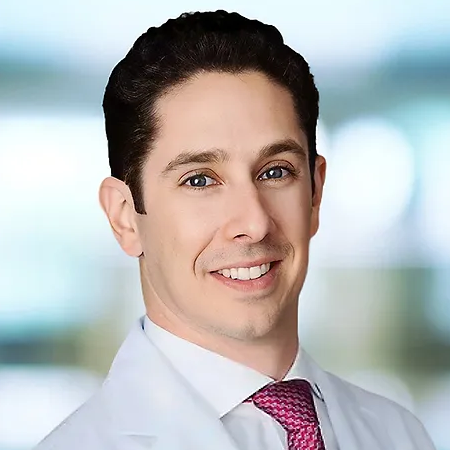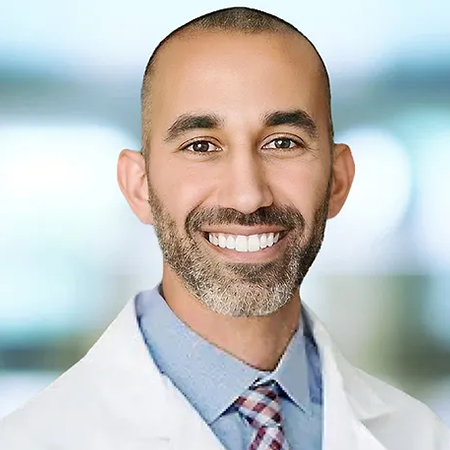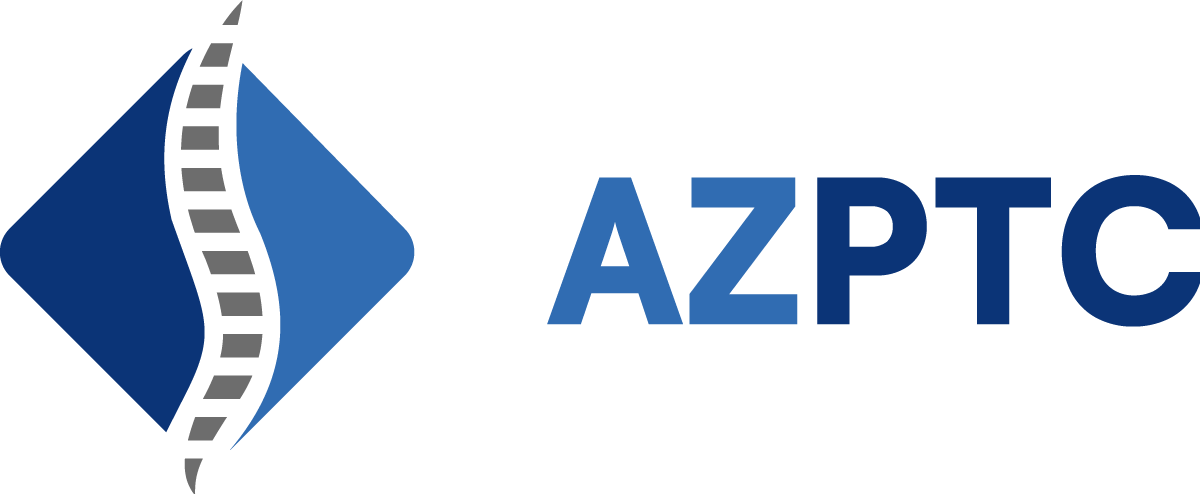Arizona Pain Treatment Centers
Migraine & Headache Treatment
How Can We Help?
Browse Treatments
-
Cancer Pain Treatments
-
Cervical Selective Nerve Root Block
-
Discography
-
Lateral Branch Block
-
Lateral Branch Radio Frequency Neurotomy
-
Lumbar Sympathetic Block
-
Migraine & Headache Treatment
-
Nerve Root Block
-
Occipital Nerve Block
-
Pain Treatments & Procedures
-
Percutaneous Discectomy
-
Radiofrequency Neurotomy / Ablation
-
Regenerative Medicine
-
Stellate Ganglion Block
-
Sympathetic Block
-
Vertebroplasty
-
Viscosupplementation
Migraine & Headache Treatment
SPG Block, Got Migraines?
It’s Time To Start Enjoying Life Again! No Shots! No Pills! No Pain!
The sphenopalatine ganglion (SPG) is the bundle of nerves at the base of the brain which have been found to be the root cause for many patient’s migraines, cluster headaches, and/or facial pain.
In the past, SPG blocks required a painful procedure. Arizona Pain Treatment Centers, has a new PAINLESS technique. Specially formulated medication is delivered directly to the SPG through a tiny, soft, flexible catheter. Once the medication is delivered the catheter is simply removed.
-
No Needles. No Incisions. No Pain.
-
Immediate Relief of Headache Pain
-
Covered by Medical Insurance
-
Treatment takes only 10 minutes
-
Prevents Future Migraines by “Resetting the SPG”
-
No down time – return to activities immediately
Headaches
Acute/tension-type headaches:
An acute headache can include many different types of headache. Tension headaches generally feel tight across the head, similar to an invisible band pressing into the head and causing pain that is often dull and aching in nature. They are similar in pain to a migraine headache, however, they lack the aura (visual perceptions) that sometimes accompany migraines. Tension headaches also do not worsen with physical activity, while migraines do. These headaches can also cause pain to radiate to your scalp, neck and shoulders and may cause a loss in appetite.
Cervicogenic Headaches:
Cervicogenic headaches have symptoms of head pain but actually rise from the neck muscles. It is often a result of a head or neck injury but may also occur in the absence of trauma. The clinical features of cervicogenic headaches may mimic those commonly associated with primary headache disorders. They are often associated with drooping eyelids, face pain and jaw pain.
Diagnosis and treatment of cervicogenic headaches target the source in the cervical spine. Because posture and movements of the cervical spine have such a profound influence on head pain, the mechanism of pain is thoroughly evaluated. The “forward head” position is a huge factor for both neck and head pain. As the head juts forward, the neck compensates by increasing the natural inward curvature in order to keep the face pointed forward and not down at the ground. This compensation increases the extension force to the cervical spine and places a great deal of stress on the facet joints, particularly in the upper cervical spine. When the upper cervical spine joints become irritated and inflamed, these nerves send referred pain to the head. Treatment must relieve not only the nerve irritation in the upper cervical spine, but also improve the abnormal postures that continue to provoke the headaches.
Migraine Headaches:
A migraine is usually an intense pounding headache that can last for 2 hours or even up to 2 or 3 days. The pounding or pulsing pain usually begins in the forehead, the side of the head or around the eyes. The headache gradually gets worse.
Just about any movement, activity, bright lights or loud noises seem to make it hurt more. Nausea and vomiting are common.Some people see a pattern of lines or shadows in front of their eyes as the headache is beginning. This is called a “warning aura.” Most people who have migraine headaches do not have this.
Migraines may happen only once or twice a year, or as often as daily. Women are more likely to have migraines than men.
Suffering from Headaches? Schedule an Appointment with Us!







